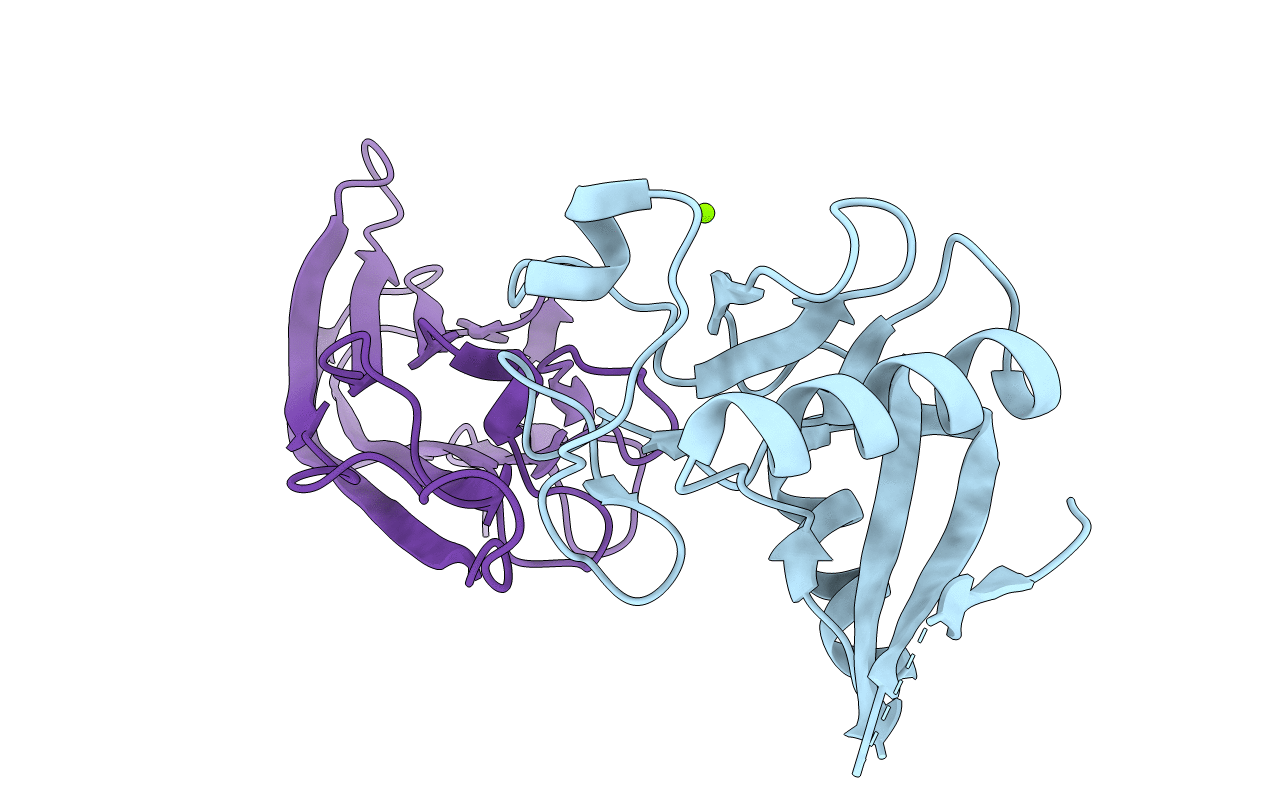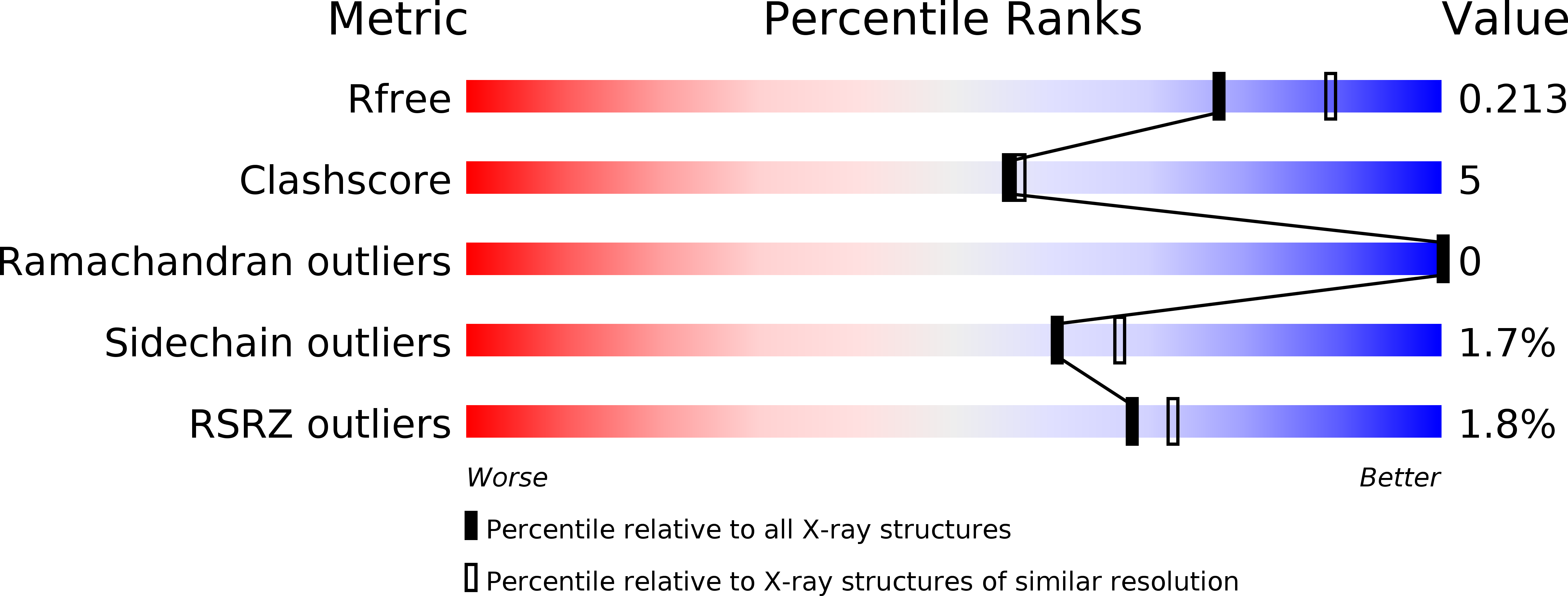
Deposition Date
2010-01-05
Release Date
2010-02-23
Last Version Date
2024-11-06
Entry Detail
PDB ID:
3L9J
Keywords:
Title:
Selection of a novel highly specific TNFalpha antagonist: Insight from the crystal structure of the antagonist-TNFalpha complex
Biological Source:
Source Organism:
Homo sapiens (Taxon ID: 9606)
Host Organism:
Method Details:
Experimental Method:
Resolution:
2.10 Å
R-Value Free:
0.21
R-Value Work:
0.17
R-Value Observed:
0.17
Space Group:
P 63 2 2


